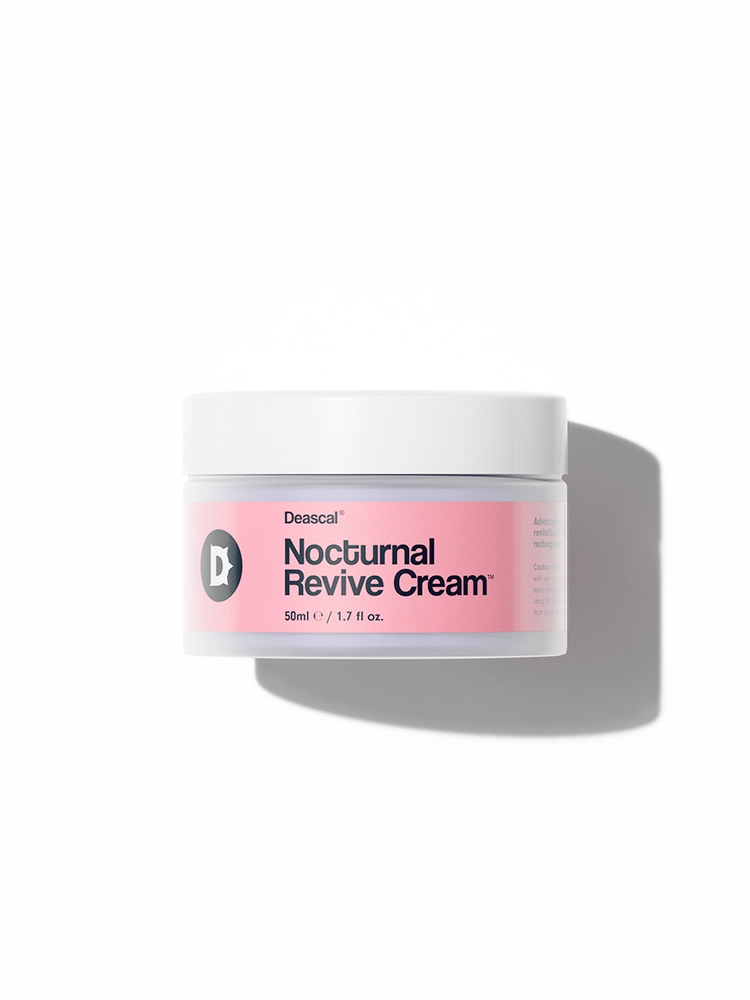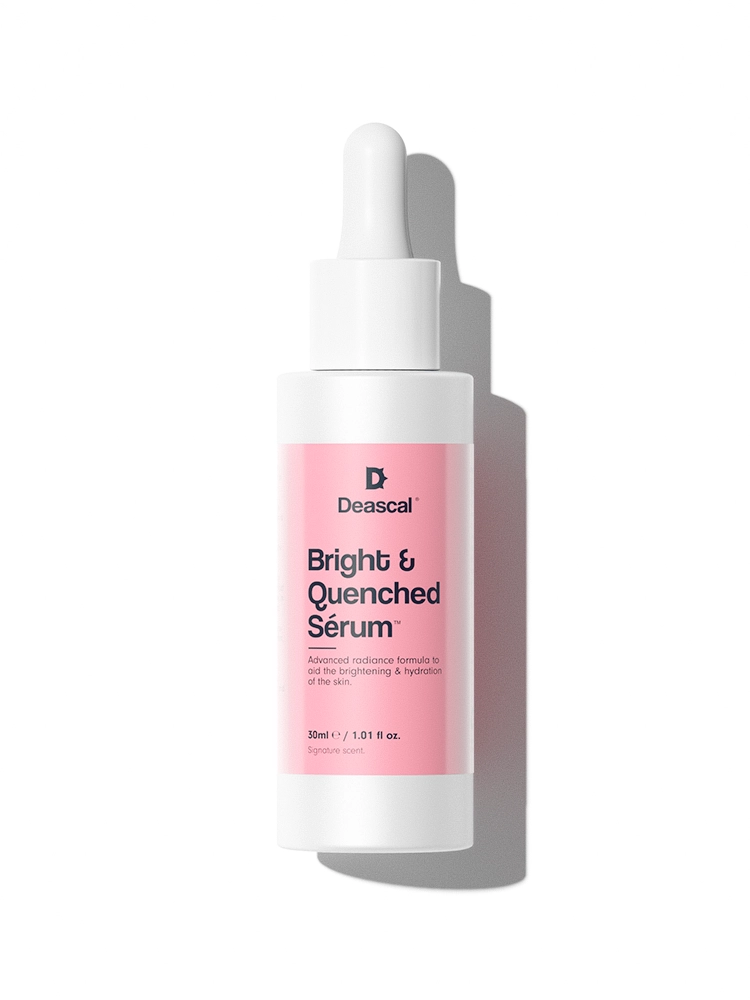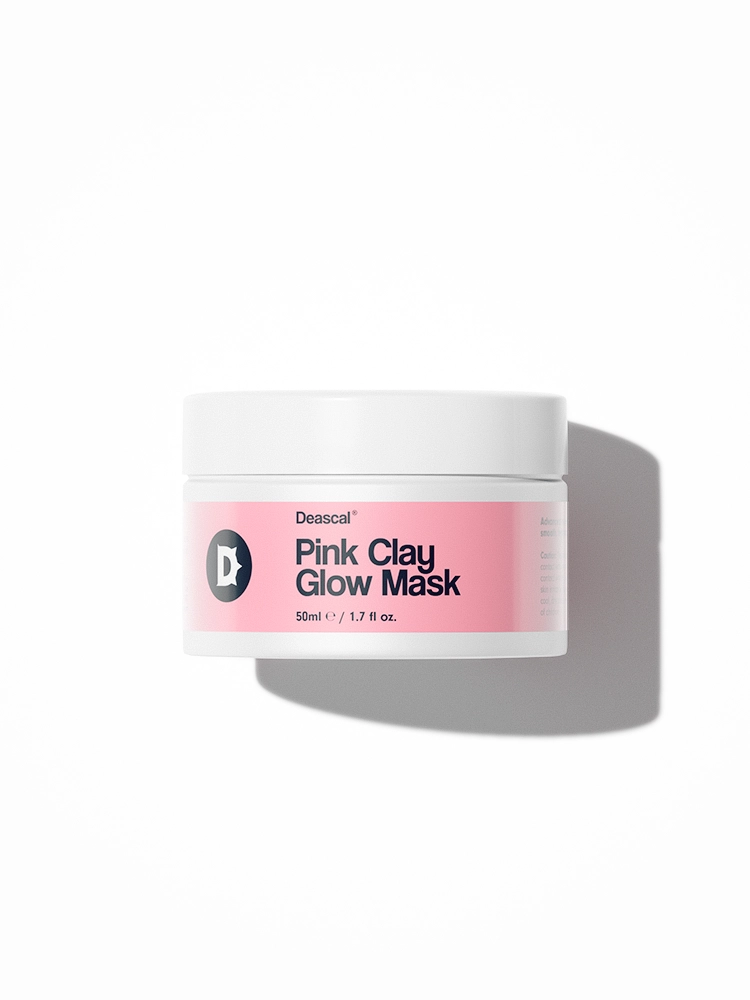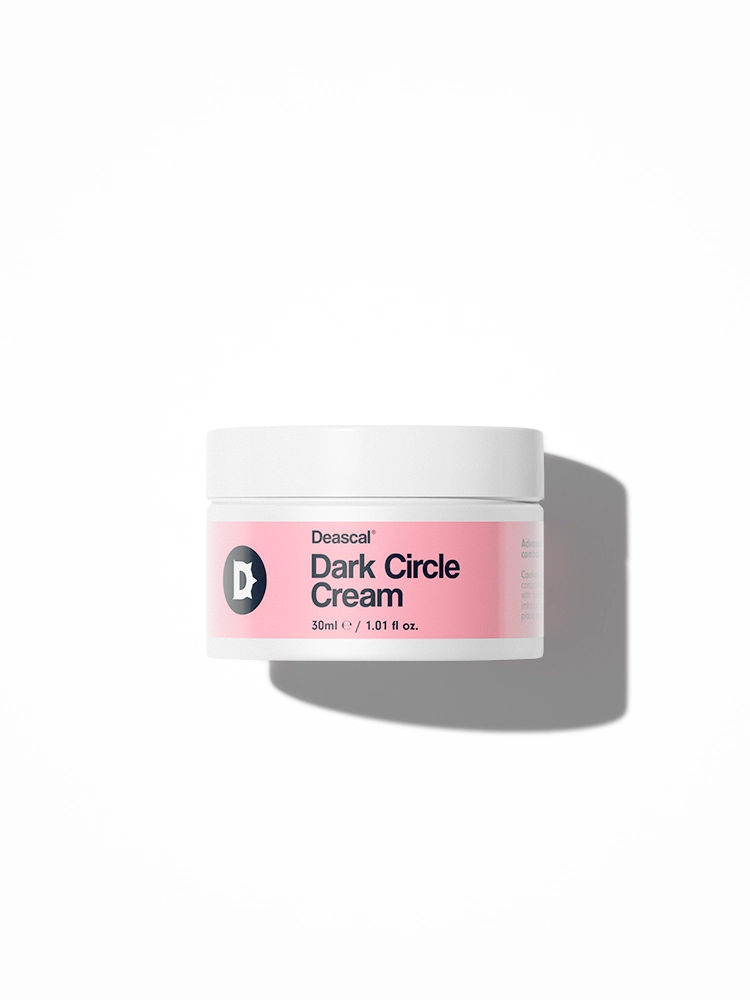What Is Glyceryl Abietate?
Glyceryl Abietate, also known by its chemical name 1-Phenanthrenecarboxylic acid, 1,2,3,4,4a,4b,5,6,10,10a-decahydro-1,4a-dimethyl-7-(1-methylethyl)-, ester with 1,2,3-propanetriol, [1r-(1.alpha.,4a.beta.,4b.alpha.,10a.alpha.)]-, is a cosmetic ingredient primarily used as an emollient. This compound is derived from abietic acid, a major component of rosin, which is obtained from the resin of pine trees. The esterification process involves reacting abietic acid with glycerol (1,2,3-propanetriol), resulting in Glyceryl Abietate.
Historically, the use of natural resins like abietic acid dates back centuries, primarily in the production of adhesives, varnishes, and inks. However, its application in cosmetics is relatively recent, driven by the demand for natural and effective moisturizing agents. As the cosmetic industry evolved, researchers discovered that Glyceryl Abietate could provide excellent emollient properties, making it a valuable ingredient in skincare formulations.
The production of Glyceryl Abietate involves a chemical reaction where abietic acid is esterified with glycerol. This process typically occurs under controlled conditions, ensuring the purity and effectiveness of the final product. The resulting compound is a stable, hydrophobic ester that can be easily incorporated into various cosmetic formulations, providing a smooth and moisturizing effect on the skin.
The Benefits/Uses of Glyceryl Abietate
In this section, we will delve into the officially recognized cosmetic benefits and uses of Glyceryl Abietate:
Emollient Properties
Glyceryl Abietate is primarily recognized for its emollient properties. But what does that mean for your skin? Essentially, an emollient is a substance that helps to soften and smooth the skin. When you apply a product containing Glyceryl Abietate, it forms a protective barrier on the skin’s surface, which helps to lock in moisture. This can be particularly beneficial for those with dry or flaky skin, as it helps to maintain hydration and improve the overall texture of the skin.
Note: The listed benefits above are exclusively based on the officially recognized and defined functions of the ingredient, as documented by the International Nomenclature of Cosmetic Ingredients (INCI).
Potential Side Effects & Other Considerations
Glyceryl Abietate is generally considered safe for topical use in cosmetic products. However, as with any ingredient, there are potential side effects and considerations to keep in mind.
- Skin irritation
- Allergic reactions
- Contact dermatitis
Regarding individuals who are pregnant or breastfeeding, data and research on the topical usage of Glyceryl Abietate during pregnancy are lacking. Therefore, it is advisable for these individuals to consult a healthcare professional for further advice.
Adverse reactions to Glyceryl Abietate are relatively uncommon, but they can occur. It is recommended to perform a patch test before widespread usage to ensure there is no adverse reaction.
Glyceryl Abietate has a comedogenic rating of 2, which means it has a low to moderate potential to clog pores. Individuals who are prone to acne, blemishes, or breakouts should be cautious when using products containing this ingredient, as it may contribute to pore blockage and exacerbate skin issues.




